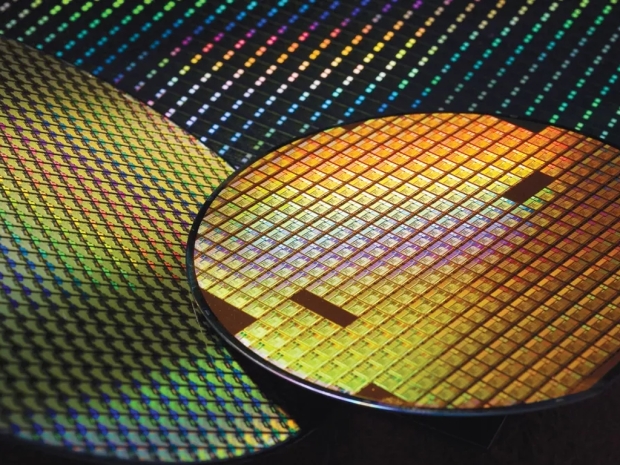
Too expensive to use A17 Pro for vanilla iPhone 15
Apple is the first of many who started using the TSMC N3 3nm process for its latest SoC, and even for Apple, it is not easy to eat the manufacturing cost.
Just a few years ago a TSMC 300mm wafer was selling for about $5000 depending on the customer. Obviously, giants like Apple will get a favorable price due to the large volume, and smaller players end up paying more.
Four times more than a few years back
We recently discovered that TSMC sells N3 3nm wafers for over $20,000. This is a 4X increase, and one can argue that EUV lithography dramatically increases the cost of manufacturing. One might notice that some heavyweights like Nvidia and AMD are staying aware of the leading edge. A few years back, Nvidia and AMD would be all over TSMC to use its latest and greatest process. Nvidia flirted with Samsung 8N for the GTX series to return to TSMC 4N with Ada Lovelace, Geforce 40 series. The professional staff was always on TSMC but not on the leading edge.
Now, companies cannot afford it, or at least it would damage their profits to a level they are uncomfortable with. That is why Nvidia, AMD, and even Intel are waiting for mobile guys to clear the pipe with small chips before they go with their massive large, and complex ones.
The iPhone 15 doesn’t have A17 Pro as Apple doesn’t make enough money on these phones if they end up using the more expensive A17 Pro. That is why the company sticks with a 4nm, cheaper A16Pro SoC. Apple feels comfortable using A17 Pro in the iPhone 15 Pro and Max, the ones where it can charge over $1000 or more for the phone.
Leading edge necessary for mobile SoC
Companies like Qualcomm and MediaTek will use TSMC N3 simply because they have little other choice. Snapdragon and Dimensity need to be the most efficient and retain performance per watt at the desired battery life. In order to get a faster GPU and CPU in a phone SoC and get the customers excited the leading-edge process is the only choice. Even they only use the leading-edge process for the top-tier SoCs, while the other levels usually get less expensive and proven process with a larger node.
Expensive
Customers feel the TSMC price inflation on their wallets. At least not entirely. Samsung cannot compete well in the leading edge. Some might remember that the Snapdragon 8 Gen 1 and 4nm Samsung was more than 10 percent slower than the Snapdragon 8 Gen 1+ launched later in the same year but on TSMC 4nm.
It remains to be seen if Samsung can catch up, but TSMC has performed better on the leading edge so far. From all the recent conversations, this remains unlikely in the short term, but there is hope that the Intel IDM 2.0 Fab model should work out. Let’s wait and see the Intel 18A customer chips materializing to bring some competition to a market monopoly on a leading edge called TSMC. Increased competition will certainly bring the pricing down for everyone’s benefit.